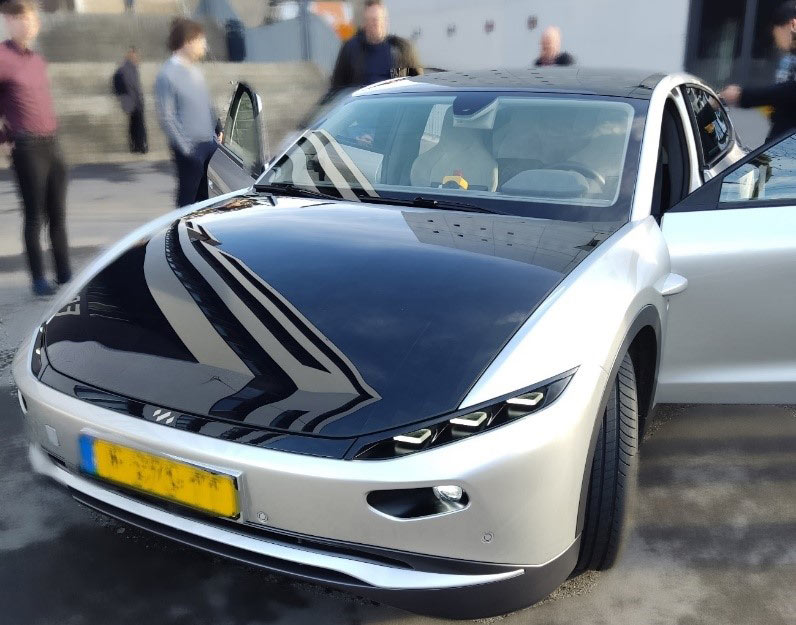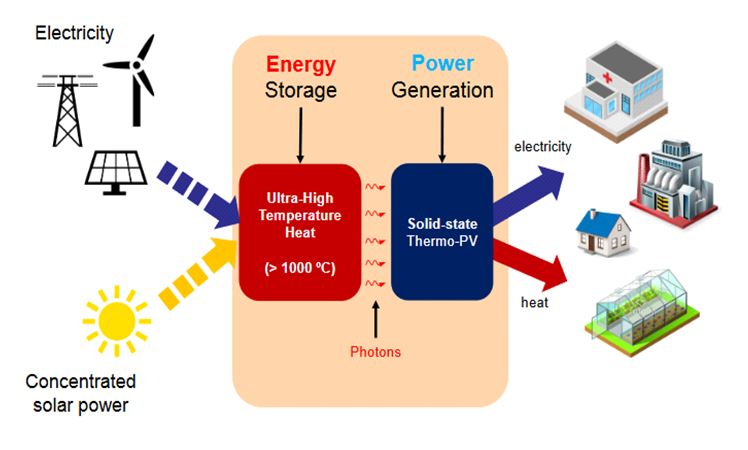Multijunction solar cells were invented to mitigate a fundamental loss source in the conversion of light to electricity. To understand this kind of loss we have to consider these two facts:
- Semiconductor materials used to fabricate solar cells are characterized by their bandgap, which is the minimum energy that the light photons must have to be absorbed by the solar cell. Photons with higher energies are also absorbed, but the energy difference is lost as heat.
- Sunlight contains a wide range of photon energies: light color depends on the photon energies, from ultraviolet (high energy) through the visible range and down to the infrared (low energy). Only one of these energies coincides with the bandgap of the solar cell. Photons with lower energies are not absorbed, i.e, they are not transformed into electricity. Photons with higher energies are absorbed, but the energy difference is lost as heat.
Therefore, it is easy to understand that a large fraction of the total photon energy contained in sunlight photons that are absorbed in the solar cell is lost as heat.
To reduce this loss, multijunction solar cells are built as a stack of subcells with different bandgaps, with decreasing values from top to bottom. This way, the photons are absorbed progressively, first the most energetic, and so on. This progressive absorption of photons reduces the global losses. Of course, the higher the number of subcells, the lower the thermalization losses, but, in practice, it is complicated to build a multijunction solar cell with more than 3-4 subcells.
The effectiveness of the multijunction solar cell technology becomes apparent with these figures: an ideal single-junction solar cell can achieve a maximum efficiency for sunlight in terrestrial applications of 33.6%, while for a multijunction solar cell this value increases to 86.8%.
So far, the multijunction solar cells with the best practical success and commercialization are manufactured using III-V semiconductor materials, which are compounds of the GaAs family. They have achieved a record efficiency of 47% under concentrated light and 40% for non-concentrated light. Due to their high cost, these solar cells are commercialized mainly for space applications, which require high efficiencies, or in applications that demand a high power to weight ratio, such as mobile applications (drones, pseudo-satellites, etc). On the other hand, there are alternatives under development: multijunction solar cells based on silicon and perovskites, which aim to increase the efficiency of conventional silicon solar cells but maintaining their low cost.
More information:
- C. Algora and I. Rey-Stolle, Handbook of Concentrator Photovoltaic Technology. Wiley, 2016.
- A. Luque and S. Hegedus, Handbook of Photovoltaic Science and Engineering. Wiley, 2011.




